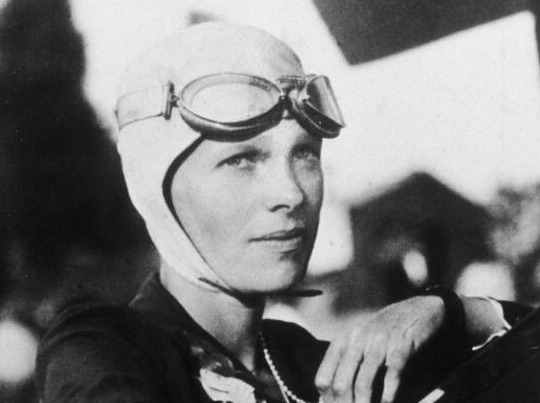LET’S START BY SAYING WHAT FREE-SPIRITED, wanderlust-ing women who’ve been in love already know: love, freedom and travel don’t always easily mix. Being madly in love with a person, madly in love with your freedom, and madly in love with the idea of up-and-leaving at any moment can bring adventure, passion, beauty…and little long-term romantic success.
Needless to say, there is a desperate need for some role models. So stumbling across letters from Amelia Earhart online felt like a much-needed sign of guidance. Turns out, Amelia dealt with the same love/freedom/travel conundrum years before us modern female nomads ever even knew it could be a thing. And she tackled it with a lot of honesty, perspective, confidence that all made her ahead of her time. Here are six things millennial women can learn from Amelia Earthart about juggling love, freedom and travel:
